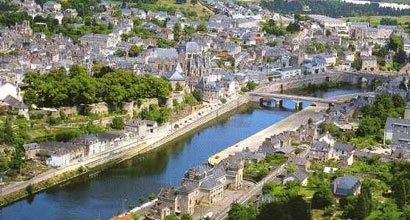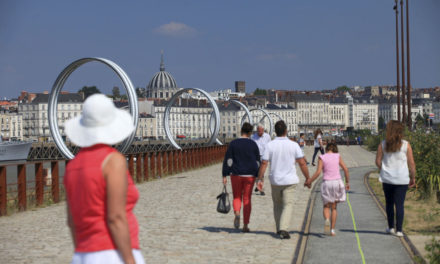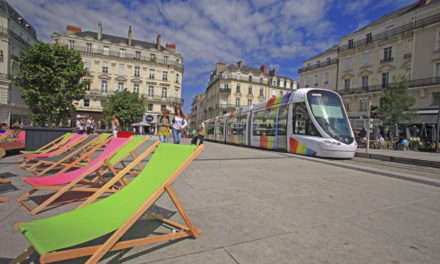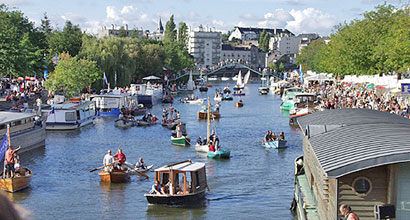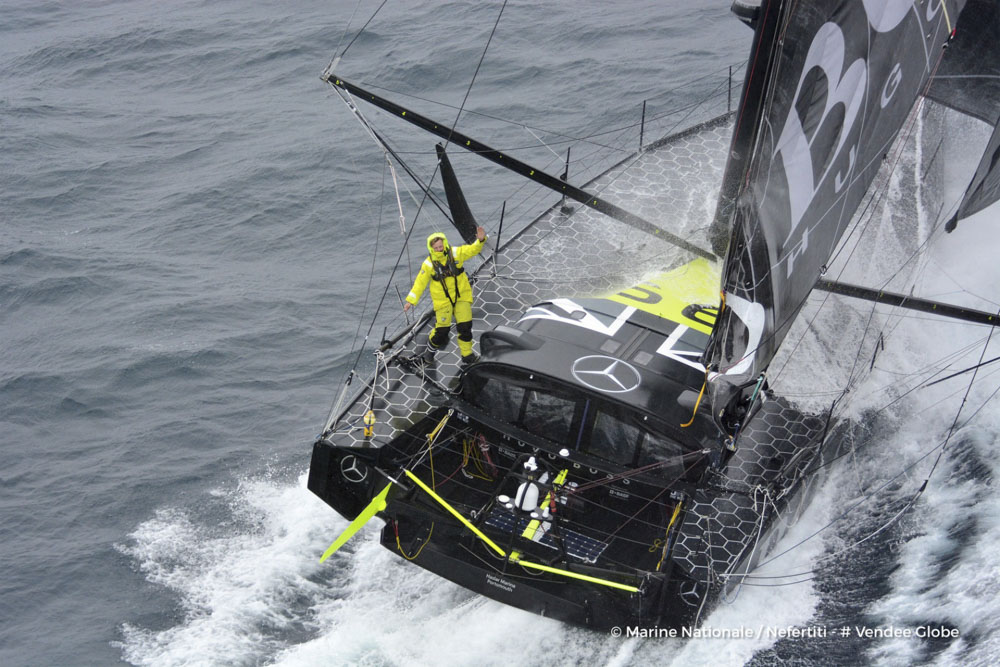
The island of Noirmoutier is connected to the mainland at low tide by the ‘Gois’, a causeway where cockles are gathered. With its white flower bedecked houses and elegant villas dating from the 19th century, in February the island bursts into a sea of fragrant mimosa. The 12th century château is now a museum. The saltmarshes in the north west of the island produce the famous ‘Fleur de sel’ scented with violets and harvested in the traditional manner. Another local delicacy is the ‘samphire’ which grows on the edges of the saltmarshes and is pan cooked or served as a condiment. The Ile d’Yeu is a popular venue with tourists with its unspoilt coastline and numerous rambling and cycling paths. Port de la Meule is popular with fishermen with its Chapel of Notre Dame de Bonne Nouvelle and the Château du Connétable de Clisson.
Towns in the Vendée
Book a Hotel in the Vendee
Les Sables d’Olonne
To the North of the department, the Breton Marshes, reclaimed from the sea, is home to waders, redshanks and marsh-owls amongst other flora and fauna. Take a ‘vole’ or small boat to explore the marshes.The coastline of the Vendée stretches for 250 kms, 140 km of which are fine sandy beaches offering 18 resorts and a variety of activities from sand yachting to surfing, sailing, diving, canoeing and kayaking and other beach activities. Les Sables d’Olonne has colourful villas, beach huts and deckchairs and bistros and restaurants looking out to sea. Saint Jan de Monts with 8 kms of beaches is a functional and seasonal resort which caters for children whilst La Tranche sur Mer is a walker’s paradise with its numerous trails over dunes and through forests.
Fontenay-le-Comte
Much of the Vendée is farmland from Luçon, once the home of Richelieu to the Renaissance town of Fontenay-le-Comte, originally the capital of the Bas-Poitou. A land of legends and tales, there are still reminders to be found of Bluebeard, Gargantua and the fairy Mélusine with the Pays de Mélusine lying to the north of Fontenay le Comte. The pantile roofs of the farmhouses are known as ‘tiges de bottes’. One of the most noteworthy crops are the delicious ‘bonnottes’ potatoes which taste of hazelnuts and have a short but keenly awaited season. Mogettes are beans grown in the bocage and eaten with ham, duck or lamb. Another local speciality is Brioche, flavoured with orange flower water, eau de vie, or both and a feature of weddings and communions or any other celebration.
St Sulpice Le Verdonaint
At Saint-Sulpice-le Verdon is the Logis de la Chabotterie with an insight into 18th century life in the Vendée and a plethora of activities year round whilst at Tiffauges the Château de Barbe Bleue offers medieval thrills in the form of firing long-bows and cross-bows and taking part in firing cannonballs. At Avrille at the Château de la Guignardière you can indulge in the ‘Aventure Historique’ a trail of games and riddles, visit the furnished Renaissance Château or tour the 86 hectare grounds. At Espesse, the ‘Puy du Fou’ is France’s leading historical and ecological theme park with 20 hectares of stage and a cast of 1000 actors for its Cinéscénie production. Finally, the Poitevin Marshes to the south were reclaimed by monks in medieval times who dug the canals to drain the marshes. With a wealth of landscapes from paths to waterways and a haven of wildlife and flora this area is a veritable ‘Green Venice’.
| Title | Address | Description |
|---|---|---|
VENDEE | Vendee, France |


